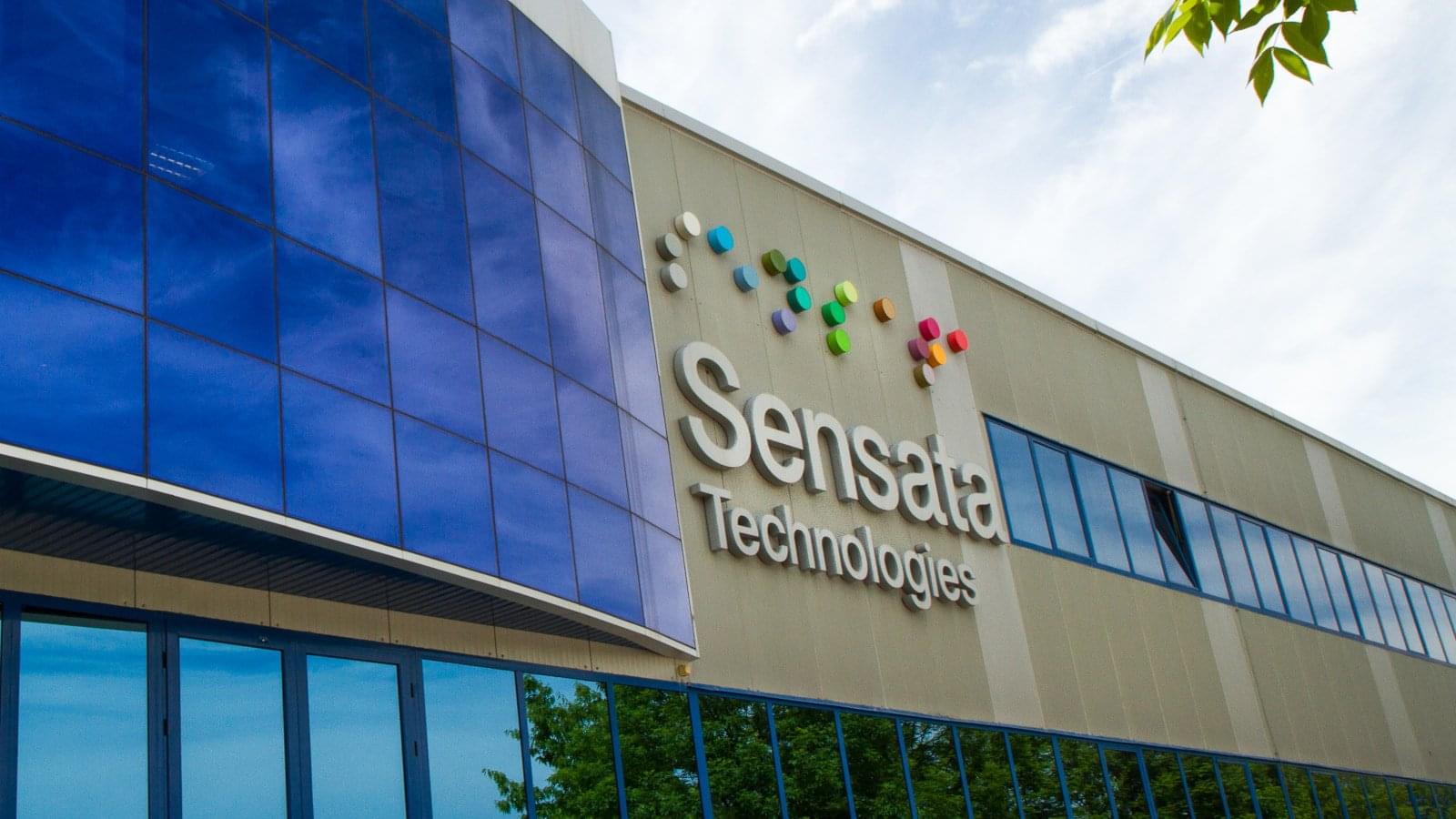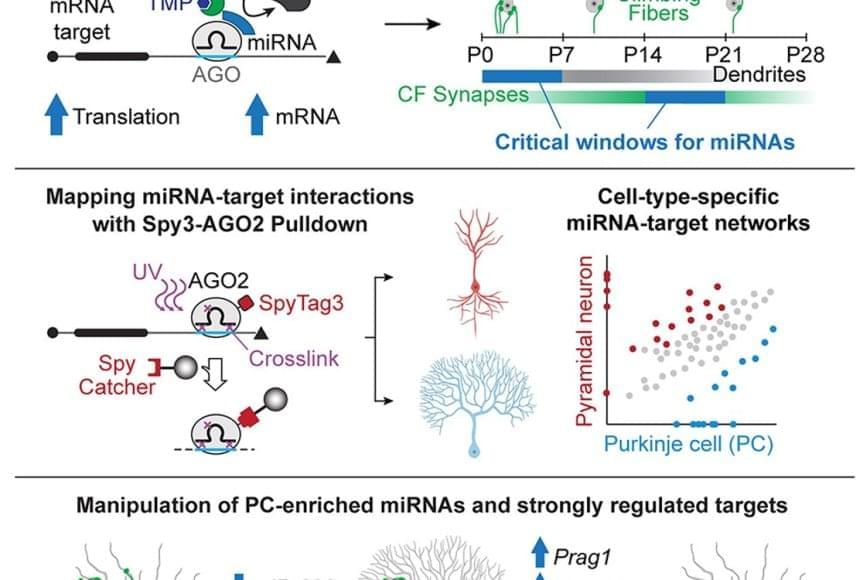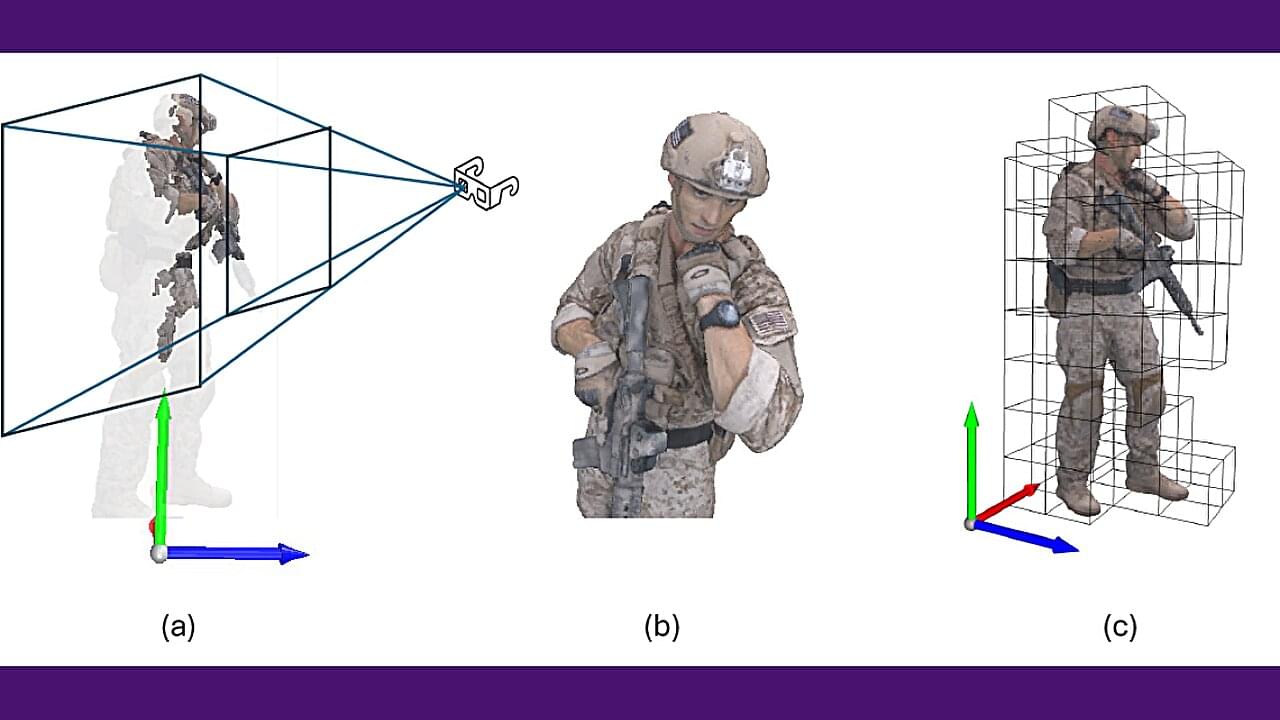Europol arrested five SmokeLoader customers using seized database links, exposing cybercrime’s hidden demand chain.



As websites incorporate more third-party tracking technologies, robust CSRF attack prevention becomes paramount. This case study illustrates how a misconfigured third-party vendor exposed CSRF tokens on a major retailer’s website, highlighting the risks of inadequate third-party security.
The Problem
A misconfiguration allowed a third-party pixel used by a major online retailer to access CSRF tokens and authentication tokens, which, as we noted, are critical security elements for preventing unauthorized actions. This exposure transmitted the tokens to remote third-party servers, creating a significant vulnerability that risked potential data breaches.


Sensata Technologies (known as Sensata) has suffered a ransomware attack last weekend that encrypted parts of the company network and disrupted operations.
In an 8-K filing to the U.S. Securities and Exchange Commission (SEC), Sensata says that the attack occurred on Sunday, April 6, and involved data theft, too.
“The incident has temporarily impacted Sensata’s operations, including shipping, receiving, manufacturing production, and various other support functions,” reads the notification.

Hackers started exploiting a high-severity flaw that allows bypassing authentication in the OttoKit (formerly SureTriggers) plugin for WordPress just hours after public disclosure.
Users are strongly recommended to upgrade to the latest version of OttoKit/SureTriggers, currently 1.0.79, released at the beginning of the month.
The OttoKit WordPress plugin allows users to connect plugins and external tools like WooCommerce, Mailchimp, and Google Sheets, automate tasks like sending emails and adding users, or updating CRMs without code. Statistics show that the product is active on 100,000 websites.

Microsoft has released an out-of-band Office update to fix a known issue that caused Word, Excel, and Outlook to crash after installing the KB5002700 security update for Office 2016.
The company acknowledged these problems following user reports on social media that Office apps no longer open after applying the April 2025 security updates.
“We’re experiencing an issue on Windows 10 with Office 2016 where Word and Excel no longer open,” one impacted Office user said.


Wearables such as smartwatches, fitness trackers, or data glasses have become an integral part of our everyday lives. They record health data, monitor your sleep, or calculate your calorie consumption. Researchers from Karlsruhe Institute of Technology (KIT) have developed the open-source platform “OpenEarable.” It integrates a multitude of sensors into wireless earphones with the aim to enhance health measurements and safety applications in medicine, industry, and everyday life. The scientists are currently presenting their platform at Hannover Messe from March 31 to April 4.
Wearable technologies have made significant progress in recent years, but many of the existing systems are either proprietary, i.e. not customizable by others, or their measurement capabilities are limited. With OpenEarable 2.0, a research team headed by Dr. Tobias Röddiger from KIT’s TECO research group moves one step further: The open-source platform for ear-based sensor applications enables developers to create customized software. With a unique combination of sensors, more than 30 physiological parameters can be measured directly at the ear – from heart rate and breathing patterns to fatigue and body temperature. “Our aim was to create an open and high-precision solution for health monitoring that goes far beyond what is possible with today’s commercial wearables,” says Röddiger. “OpenEarable 2.0 provides a platform for researchers and developers that is easily customizable and scalable. This allows them to program the earphones individually for specific requirements.

Previous studies have suggested that microRNAs are critical for brain development, but their specific role in differentiation—the process of stem cells maturing into specialized cells—remained unclear.
“When neurons develop, they need to at some point decide what subtype they will become, but we really didn’t know much about the blueprint that instructs this differentiation,” says the author. “There was a lot of evidence suggesting that microRNAs might have a very important role here, but because the tools were not good enough, we couldn’t really nail down that question until now.”
The team focused on Purkinje cells, which comprise less than 1% of cells in the cerebellum. Purkinje cells integrate information from different parts of the brain and body, enabling us to make smooth, controlled movements. They are some of the largest brain cells and have a tree-like appearance—a single axon “trunk” that supports a system of “branches” known as the dendritic arbor. Purkinje cells are also surrounded by structures called climbing fibers that wrap around the cells’ dendrites and deliver information from other parts of the brain.
To attain their large size and elaborate arbor, Purkinje cell development involves prolonged periods of growth and branching. In mice, the long process of Purkinje cell development is complete around four weeks after birth.
To investigate how microRNAs are involved in neuron differentiation, the team developed new tools that temporarily turn off microRNA function during specific developmental windows. They found that microRNAs are critical during two phases in Purkinje cell development: inhibiting microRNAs during the first week after birth resulted in Purkinje cells with less complex dendritic arbors and smaller cerebellums. In contrast, inhibiting microRNAs during the third week after birth prevented the Purkinje cells from forming synaptic connections with climbing fibers. These findings shed light on how microRNAs control the precise timing of different aspects of Purkinje cell development that were previously thought to happen concurrently.
The team also developed a mouse model to identify which genes the microRNA molecules were targeting. Using this system, they identified two microRNAs critical for Purkinje cell development (miR-206 and miR-133) and four gene targets (Shank3, Prag1, Vash1, and En2). When they compared the Purkinje cell microRNA-target map to a map for pyramidal neurons—a functionally different but similar-looking brain cell—they showed that the two cell types follow very different microRNA blueprints during development.

A new approach to streaming technology may significantly improve how users experience virtual reality and augmented reality environments, according to a study from NYU Tandon School of Engineering.
The research—presented in a paper at the 16th ACM Multimedia Systems Conference (ACM MMSys 2025) on April 1, 2025—describes a method for directly predicting visible content in immersive 3D environments, potentially reducing bandwidth requirements by up to 7-fold while maintaining visual quality.
The technology is being applied in an ongoing NYU Tandon project to bring point cloud video to dance education, making 3D dance instruction streamable on standard devices with lower bandwidth requirements.